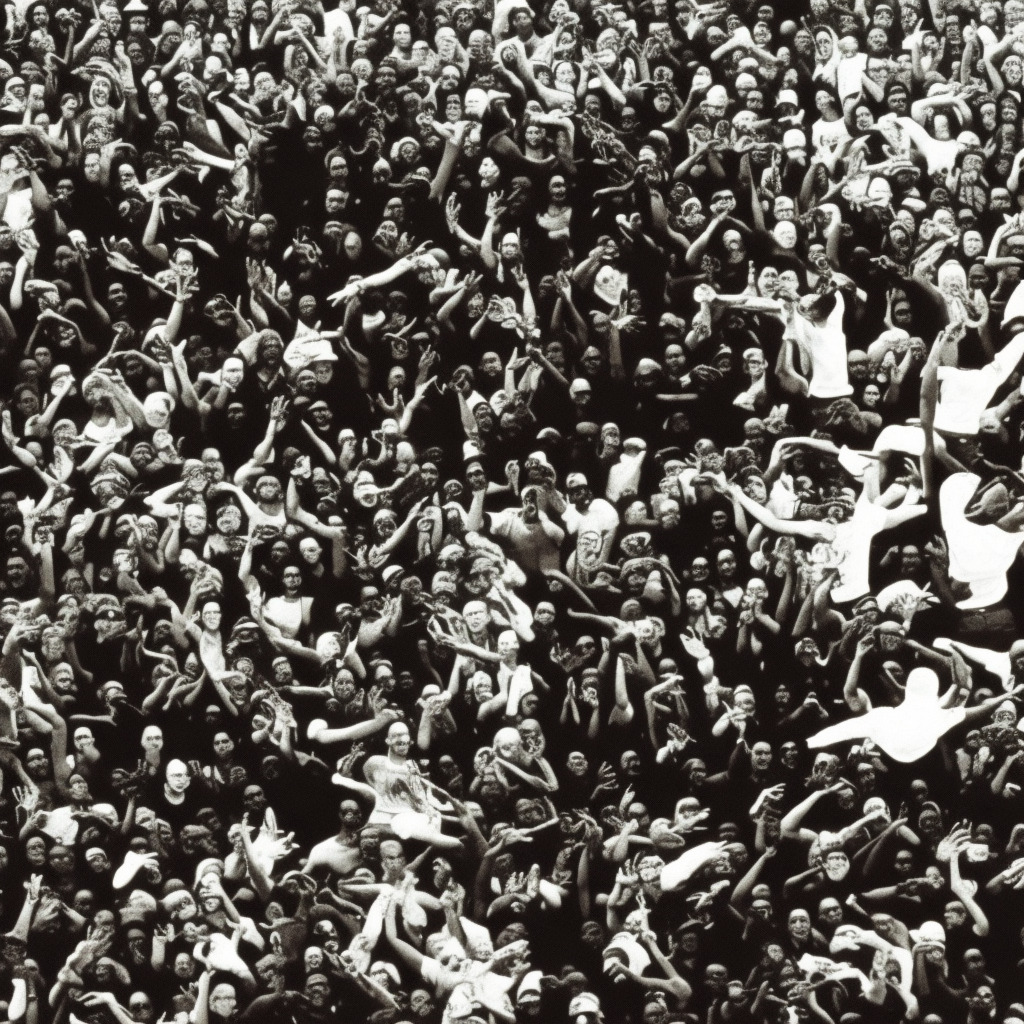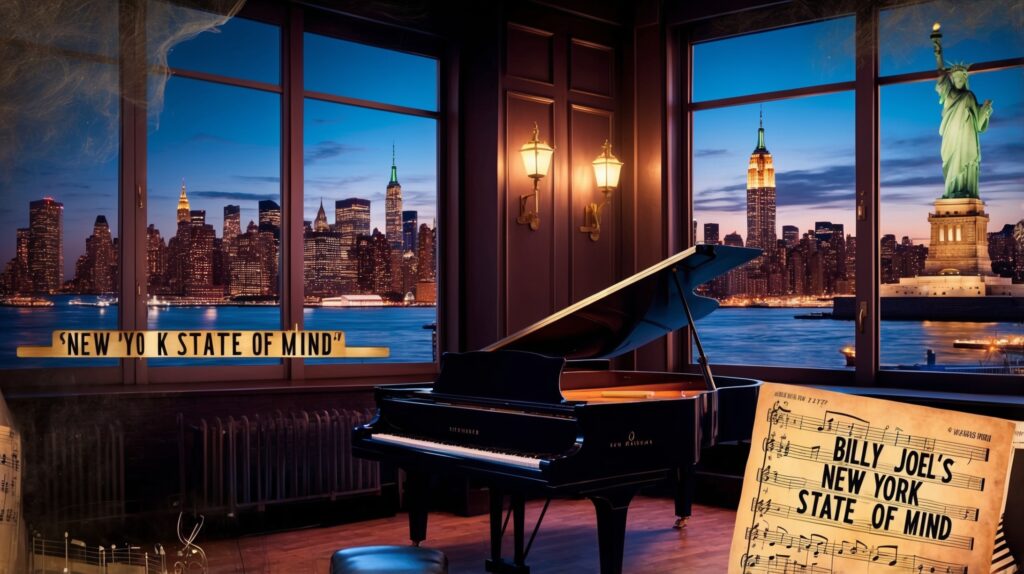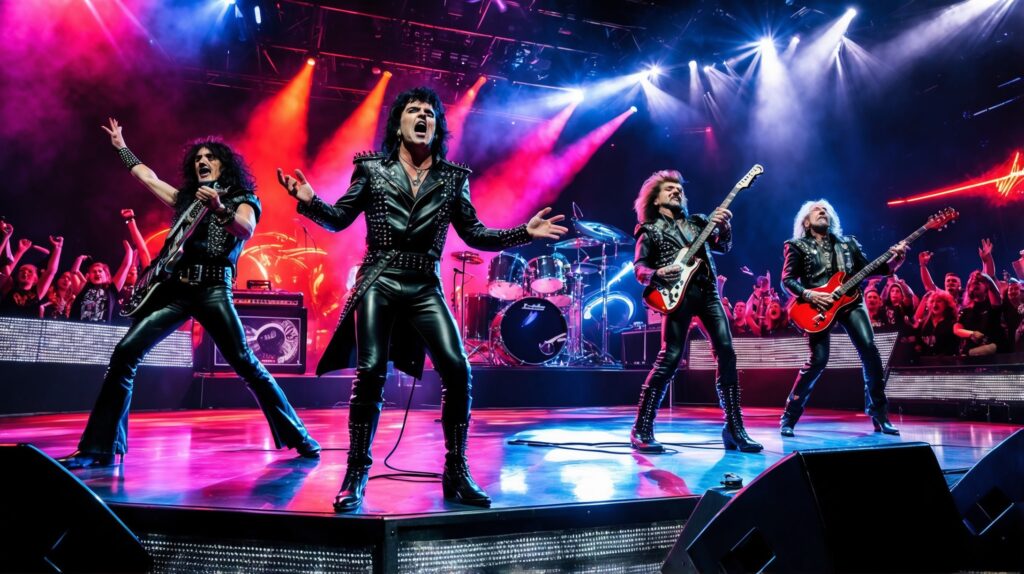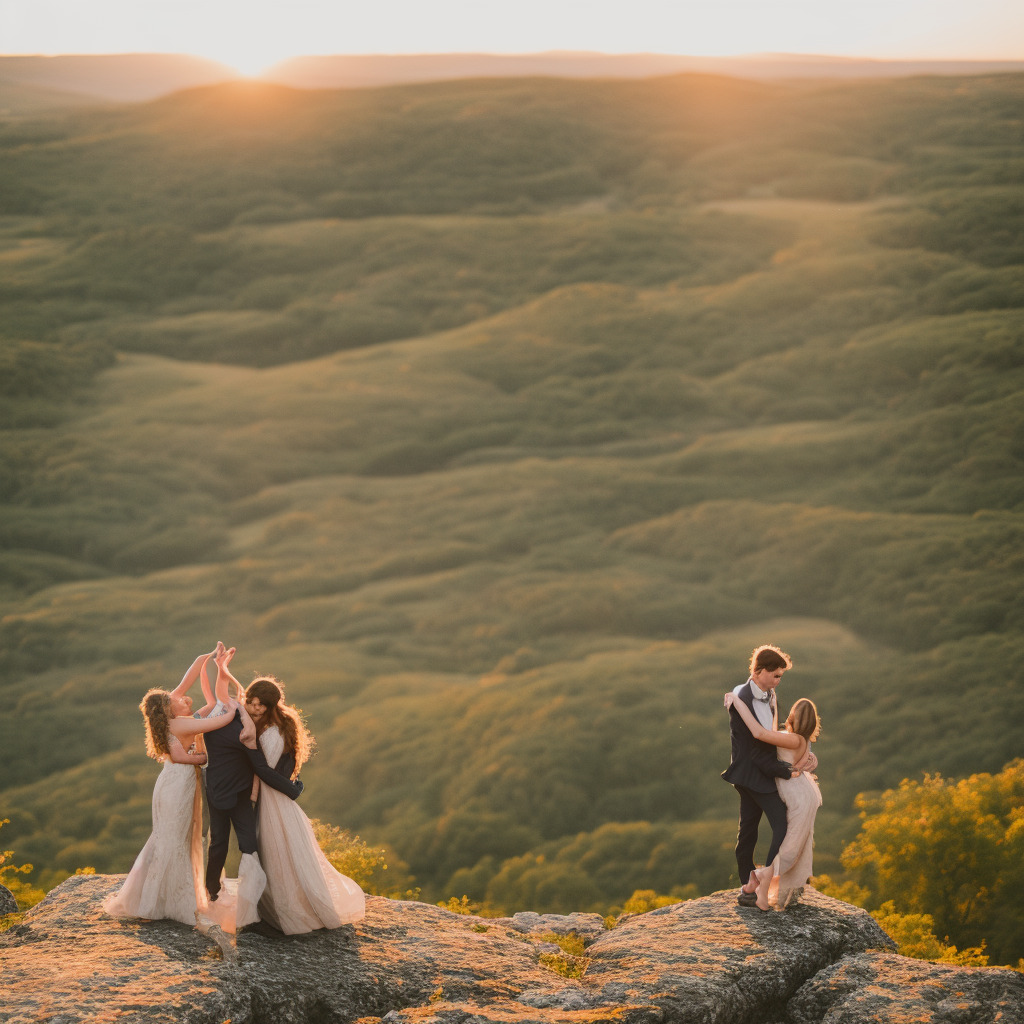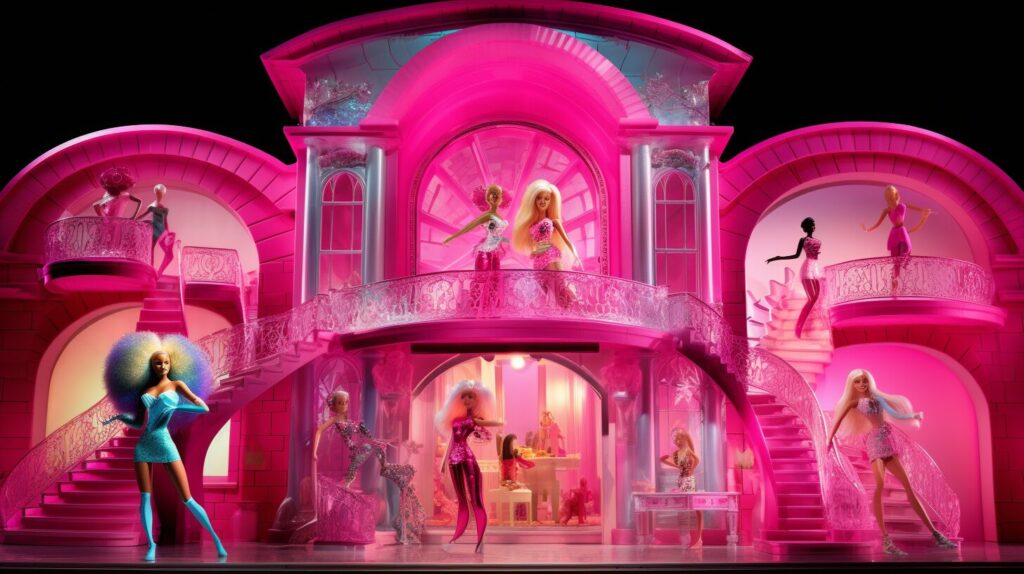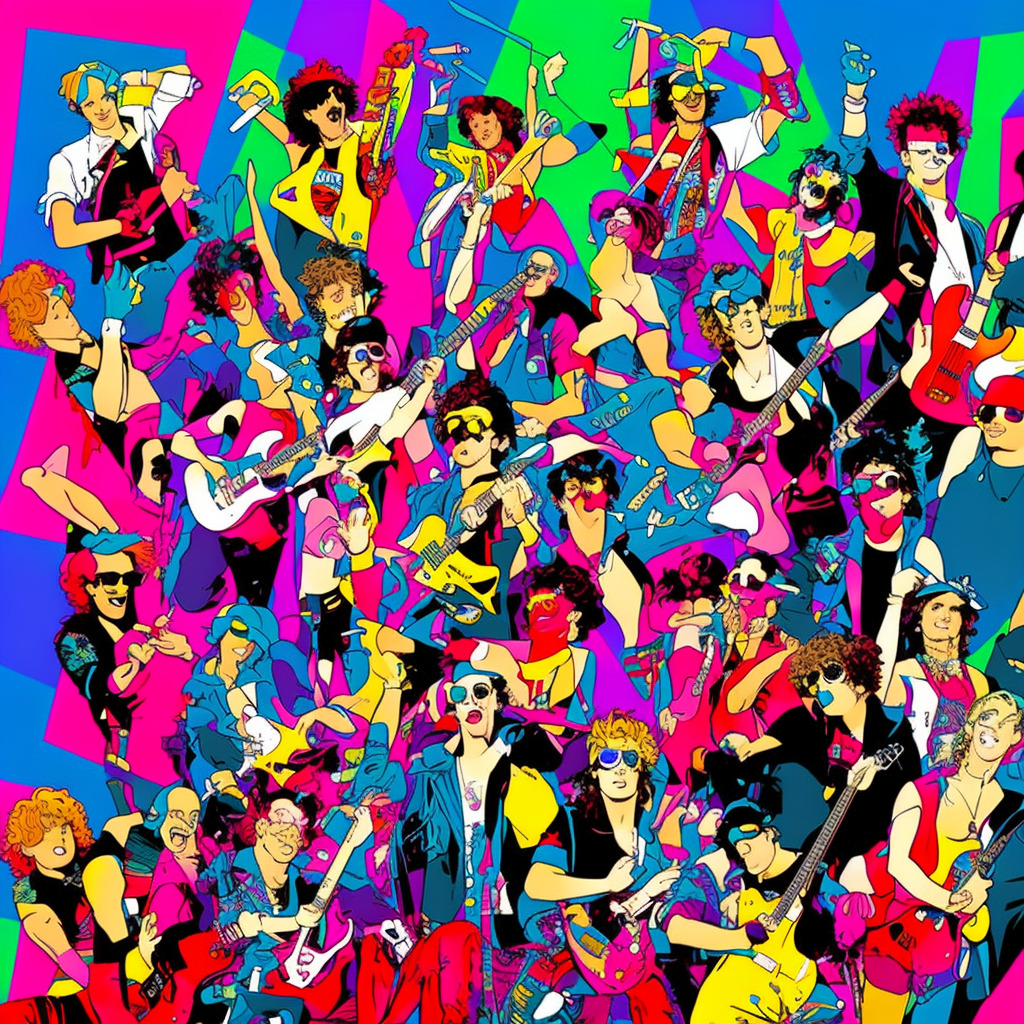🎶 Did you know #Coolio’s iconic hit “Gangsta’s Paradise” was almost left off the Dangerous Minds soundtrack? 🤯 Lucky for us, it made the cut and became a ’90s classic! 🙌 Jam with us to this timeless banger! 🔥 #GangstasParadise #FunFact #MusicTrivia 🎶 Read about it: tinyurl.com/5n7fsaxe
Delving Into the Depths of Coolio feat. L.V.’s Iconic Anthem
Dive into the world of 90s hip-hop with Coolio and L.V.’s unforgettable anthem, “Gangsta’s Paradise,” as we explore its cultural impact and timeless relevance.
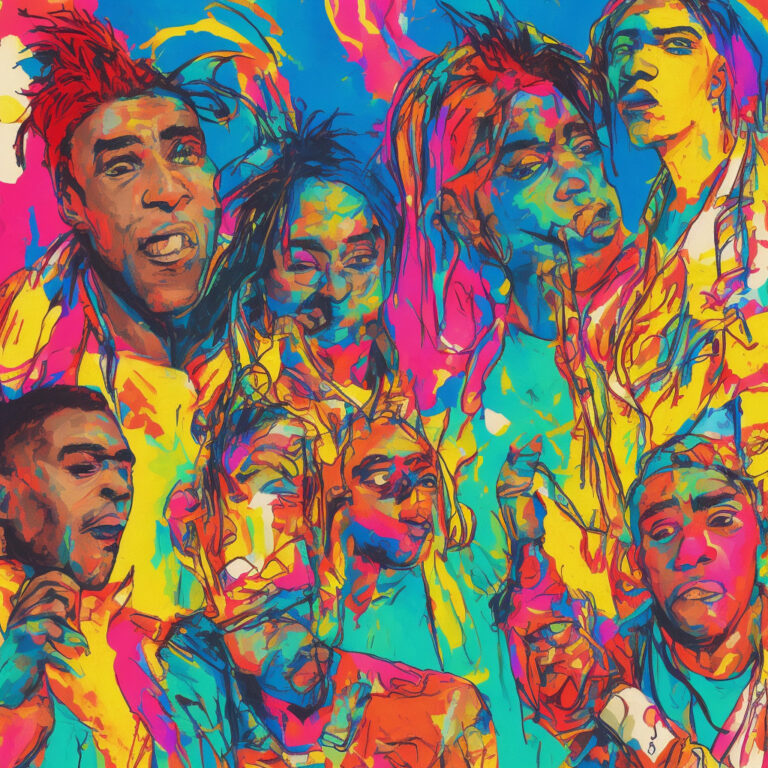
One of the most memorable tracks of the 90s hip-hop scene, “Gangsta’s Paradise” by Coolio feat. L.V., catapulted both artists to fame in 1995. The song, both musically and lyrically, captured the essence of the era, weaving a poignant narrative that resonated with fans all over the world.
Artis Leon Ivey Jr., better known as Coolio, was born on August 1, 1963, in Compton, California. He began his music career in 1991 with his debut album “It Takes a Thief,” but it wasn’t until 1994 that he released the single that would make him a household name. Coolio’s signature dreadlocks and unique blend of West Coast hip-hop and funk made him an instantly recognizable figure in the music scene.
Larry Sanders, a.k.a. L.V. (or Large Variety), was born on November 21, 1956, in Los Angeles, California. He started his career as a member of the R&B group South Central Cartel, but it was his collaboration with Coolio that brought him mainstream success. L.V.’s soulful voice brought a melodic contrast to Coolio’s edgy verses, creating a perfect balance in “Gangsta’s Paradise.”
“Gangsta’s Paradise” samples the chorus and music of Stevie Wonder’s “Pastime Paradise,” and the hauntingly atmospheric track tells the story of a young man caught up in the harsh reality of street life. The track was featured on the soundtrack of the movie “Dangerous Minds,” starring Michelle Pfeiffer. The music video, which also featured Pfeiffer, further solidified the song’s status as a cultural phenomenon.
The song enjoyed incredible success, topping the charts in various countries, such as the United States, the United Kingdom, Australia, and Canada. It went on to win several awards, including a Grammy for Best Rap Solo Performance in 1996. However, Coolio’s subsequent releases struggled to reach the same heights as “Gangsta’s Paradise,” leading some to label him a one-hit-wonder. Critics have also accused the rapper of propagating harmful stereotypes about African American communities through his lyrics.
Despite the occasional negative feedback, there’s no denying the significant impact “Gangsta’s Paradise” had on hip-hop and popular culture. The song has remained relevant over the years, even making a tongue-in-cheek cameo in the 2019 film “Sonic the Hedgehog.” The collaboration between Coolio and L.V. produced one of the most iconic songs of the 90s—an unforgettable anthem that continues to resonate today.
Chart-topping Paradise
Gangsta’s Paradise: A timeless musical triumph dominating charts & captivating critics, proving Coolio feat. L.V.’s indelible mark on music history.
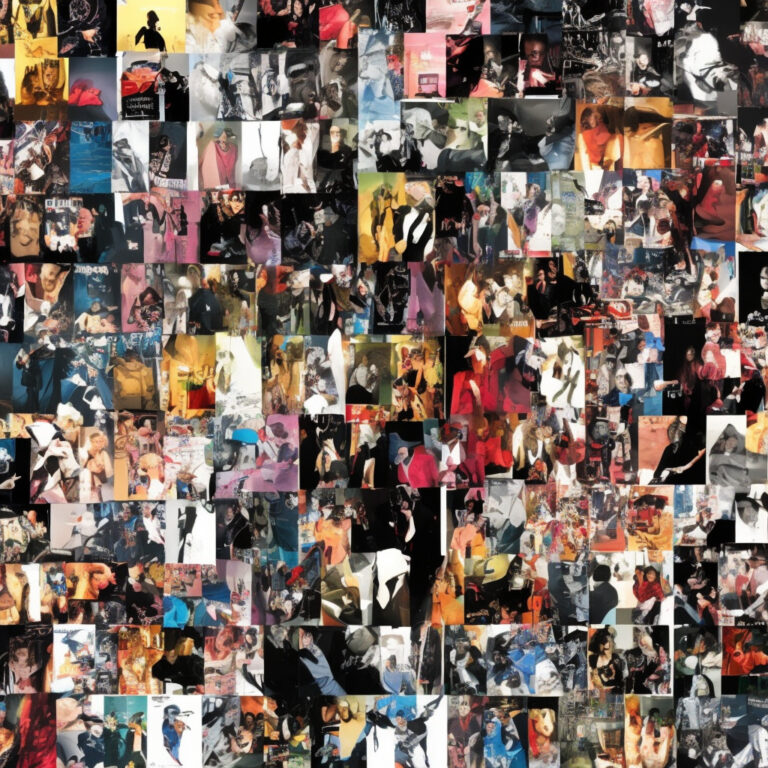
The release of “Gangsta’s Paradise” on August 8, 1995, not only solidified Coolio feat. L.V.’s status as influential artists in the music industry but also showcased their ability to create a track that resonated with both fans and critics alike. Initially, the song found its way to the charts through the Billboard Hot 100, where it debuted at an impressive No. 12 in the week of September 9, 1995. The song only continued to climb the charts from there.
In terms of chart success, “Gangsta’s Paradise” proved to be an undeniable hit, reaching No. 1 on the Billboard Hot 100 and holding that position for a jaw-dropping three consecutive weeks. The song’s peak chart position didn’t just stop at the Hot 100. It also made its mark on the Hot R&B/Hip-Hop Songs chart, where it maintained its No. 1 spot for five consecutive weeks. Internationally, the song reached the top of the charts in countries like the United Kingdom, Australia, Canada, and Germany, further demonstrating its global appeal.
Aside from its high rankings on the charts, “Gangsta’s Paradise” also received critical acclaim in the form of prestigious awards. The song won the award for Best Rap Solo Performance at the 38th Annual Grammy Awards in 1996, and it was also nominated for Record of the Year, making it one of the few rap songs to receive such a nomination during that time.
An interesting piece of chart trivia about “Gangsta’s Paradise” is its inclusion on the Billboard Year-End Hot 100 chart for 1995. Despite being released in August of that year, the song still managed to claim the No. 2 spot on the year-end chart, proving that its impact was felt far beyond its initial chart run.
Overall, the chart success of “Gangsta’s Paradise” solidified its place as a classic and iconic song in music history, demonstrating Coolio feat. L.V.’s undeniable talent and ability to create a lasting musical legacy.
Deep Dive into the Lyrics of Gangsta’s Paradise
As we delve into the lyrics of Coolio’s masterpiece, “Gangsta’s Paradise,” it’s important to understand the context and cultural significance of this iconic song. Let’s take a look at some of the key lines from the song and shed light on their meaning.
As I walk through the valley of the shadow of death
I take a look at my life and realize there’s nothin’ left
‘Cause I’ve been blastin’ and laughin’ so long
That even my momma thinks that my mind is gone
But I ain’t never crossed a man that didn’t deserve it
Me be treated like a punk, you know that’s unheard of
You better watch how you talkin’ and where you walkin’
Or you and your homies might be lined in chalk
The opening verse of “Gangsta’s Paradise” paints a vivid picture of a man reflecting on his life, realizing that his past actions have left him with nothing. The song’s protagonist describes a life filled with violence and crime, even to the point where his own mother believes he’s lost his mind. Despite this, the narrator justifies his actions, claiming that he’s only targeted those who deserved it.
This thought-provoking piece of art was released in 1995, just a few years after the Los Angeles riots, and at a time when gang violence and crime were rampant in many urban areas of the United States. The song speaks to the harsh realities faced by those living in impoverished neighborhoods and the difficult choices they often had to make in order to survive. “Gangsta’s Paradise” serves as a reflection of the zeitgeist of the era, capturing the disillusionment and despair felt by many in these communities.
Coolio’s poignant lyrics struck a chord with listeners, effectively portraying the struggles faced by those who found themselves trapped in a cycle of violence and poverty. The song’s grim depiction of life in the inner city combined with its haunting melody made it a powerful anthem for a generation searching for hope amidst turmoil.
As we continue to analyze and appreciate the lyrics of “Gangsta’s Paradise,” it becomes evident that the song transcends its place in the history of music to serve as a reminder of the struggles that many people faced during that time. Coolio’s powerful words and L.V.’s soulful vocals come together to create a timeless classic that will continue to resonate with audiences for years to come.
A Cinematic Stroll Through “Gangsta’s Paradise”
Experience the gritty, cinematic journey of redemption in Coolio’s iconic “Gangsta’s Paradise” music video – a timeless masterpiece that transcends trends and continues to inspire generations.
Diving into the music video for “Gangsta’s Paradise” by Coolio featuring L.V., it’s hard not to acknowledge the impact this visual representation had on the music industry and its audience. Released in 1995, this music video was directed by Antoine Fuqua, who has proven his talent with a wide range of projects, from music videos to full-length feature films such as “Training Day” and “The Equalizer” series.
The video’s production stays true to the song’s essence, as it manages to capture the gritty atmosphere of gang life while also highlighting the need for change and self-reflection. Set in a dark and moody urban environment, the video follows Coolio’s journey through the city streets, interacting with various characters along the way.
One of the most striking aspects of the video is the use of religious imagery, which is evident from the moment Coolio enters a church and sits face to face with a choir of children. This poignant scene serves to emphasize the theme of redemption and the power of music to uplift and inspire.
Incorporating footage from the film “Dangerous Minds,” which the song was featured in, the music video manages to merge both cinematic worlds effortlessly. Michelle Pfeiffer, who stars in the movie as a dedicated teacher trying to make a difference in the lives of troubled students, also makes a memorable appearance in the music video. This connection between the film and the song further solidifies the importance of the song’s message.
While the budget for the music video remains undisclosed, it’s evident that the production value was quite high for its time. The video’s timeless appeal is a testament to the creativity and skill of Fuqua and his team. The use of dramatic lighting, powerful imagery, and seamless editing all contribute to the overall impact of the video, which has surpassed 450 million views on YouTube.
Since its release, the “Gangsta’s Paradise” music video has inspired numerous tributes and parodies, further proving its lasting influence on popular culture. Whether it’s through fan-made videos or homage paid by other artists, the essence of “Gangsta’s Paradise” continues to live on, resonating with audiences who appreciate the raw honesty and social commentary embedded within its visual storytelling.
The Mastermind Behind the Beats: Doug Rasheed
Delving deeper into the creative force behind “Gangsta’s Paradise,” let’s shine a spotlight on the talented composer and producer, Doug Rasheed. Known for his extensive contributions to the hip-hop and R&B scene, Rasheed’s impressive track record includes working with iconic artists such as Tupac Shakur, Ice Cube, and Bobby Brown. In fact, he produced the hit single “Hypnotize” by The Notorious B.I.G., which soared to the top of the charts and further solidified his status as a sought-after producer in the music industry. Rasheed’s ability to deftly mix samples with original compositions showcases his exceptional creativity and expertise, which are undoubtedly evident in the timeless masterpiece that is “Gangsta’s Paradise.”
An Unforgettable Paradise and Its Legacy
Embarking on a journey through Coolio’s “Gangsta’s Paradise” – the hip hop masterpiece that conquered charts, inspired covers, and left an indelible mark on music and media culture.
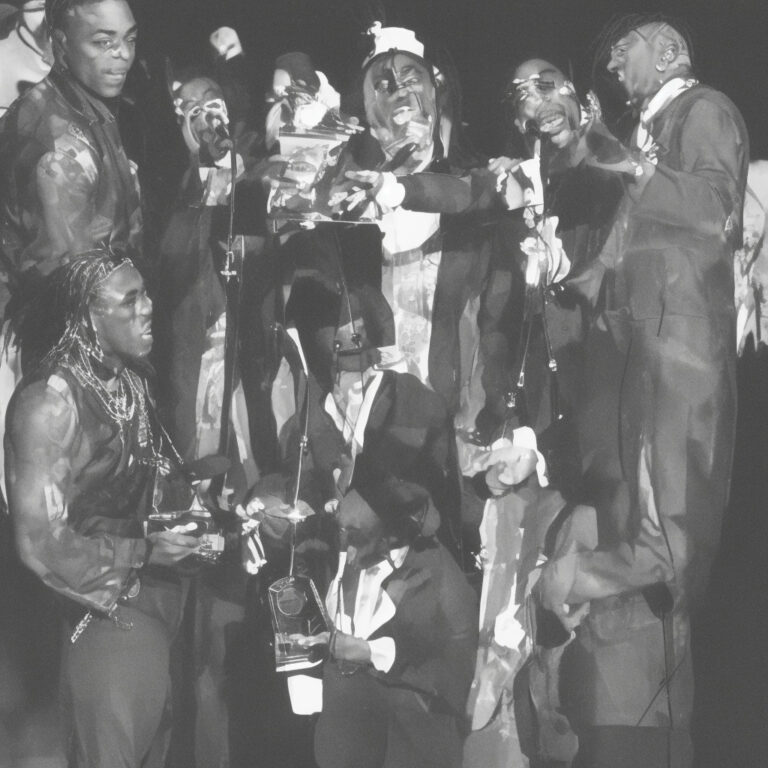
Since its release in 1995, “Gangsta’s Paradise” has undoubtedly left a lasting impact on the music landscape. Coolio’s magnum opus, featuring a soulful chorus by L.V., went on to achieve numerous awards and accolades, solidifying its place in hip hop history. The song won the Best Rap Solo Performance at the Grammy Awards in 1996 and was nominated for Record of the Year. It also secured the top spot on Billboard’s Year-End Hot 100 singles of 1995 and has been certified multi-platinum in several countries, including the United States, the United Kingdom, and Australia.
Apart from its chart-topping success, the memorable track has made its way into various forms of media. Most notably, “Gangsta’s Paradise” served as the theme song for the 1995 crime drama film “Dangerous Minds,” starring Michelle Pfeiffer. This connection helped propel the song to even greater heights, with its music video featuring scenes from the movie. Over the years, the infectious tune has appeared in numerous television shows and commercials, as well as making a cameo in the popular video game Grand Theft Auto V (GTA V) on the radio station West Coast Classics.
The enduring popularity of “Gangsta’s Paradise” has inspired several cover versions by artists from different genres. In 1996, the song was given a unique spin by Weird Al Yankovic who created a parody version titled “Amish Paradise,” which humorously detailed the simple lifestyle of the Amish community. Green Day’s Billie Joe Armstrong also performed his rendition of the classic during a solo acoustic show in 2010. More recently, in 2019, the group Choir! Choir! Choir! staged a hauntingly beautiful cover with more than 200 singers joining in on the performance.
As “Gangsta’s Paradise” continues to resonate with generations of music enthusiasts, its legacy remains a testimony to Coolio and L.V.’s undeniable collaboration, and their ability to create a timeless anthem that transcends boundaries and defies expectations.
Diving into the Technicalities
Upon analyzing the musical structure of “Gangsta’s Paradise,” it becomes apparent that the song is built upon a solid foundation that has contributed to its lasting appeal. The track is composed in the key of F minor, which lends itself to the moody and contemplative atmosphere that the song exudes. The chord progression follows a simple yet effective pattern of Fm – Db – Bbm – C throughout the majority of the song, providing a stable backdrop for Coolio’s storytelling and L.V.’s soulful, emotive chorus.
One of the key elements that sets “Gangsta’s Paradise” apart from other tracks in the genre is the use of a sample from the Stevie Wonder song, “Pastime Paradise.” This sample, which consists of a synthesized string melody played in descending octaves, serves as the primary driving force behind the track’s instrumental. The decision to sample Stevie Wonder’s track not only pays homage to a legendary artist but also adds a layer of sophistication and depth to the track that is often absent in other hip-hop songs of the era.
The tempo of “Gangsta’s Paradise” clocks in at a moderate 80 beats per minute (BPM), which is relatively slow for a hip-hop track. This slower pace creates an introspective and contemplative mood, allowing the listener to fully absorb and reflect upon the lyrics. The drum pattern is sparse, primarily consisting of a kick drum, snare, and hi-hat, which further emphasizes the somber tone of the song. Additionally, the bassline follows the chord progression closely, adding a layer of warmth and depth to the track’s overall sound.
Another noteworthy aspect of the song’s composition is the wide range of dynamics employed throughout the track. The verses showcase Coolio’s laid-back, conversational delivery, which contrasts sharply with the powerful and emotional vocal performance of L.V. during the chorus. This juxtaposition of soft and loud, calm and impassioned, helps to further highlight the themes and messages presented in the song’s lyrics.
In terms of song structure, “Gangsta’s Paradise” follows a typical verse-chorus-verse format, with an additional bridge section that comes in after the second chorus. This bridge, which features a variation on the main chord progression and a more prominent bassline, serves to break up the monotony and add interest to the song before returning to the final chorus and outro.
All in all, the technical elements of “Gangsta’s Paradise” come together seamlessly to create a timeless and memorable track that continues to resonate with listeners more than two decades after its initial release.

